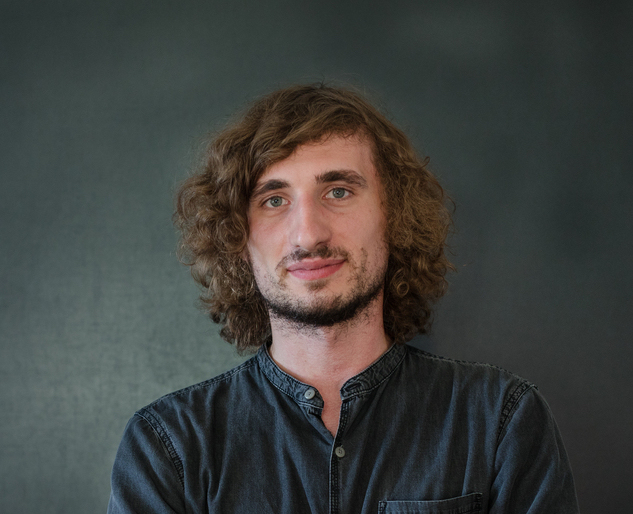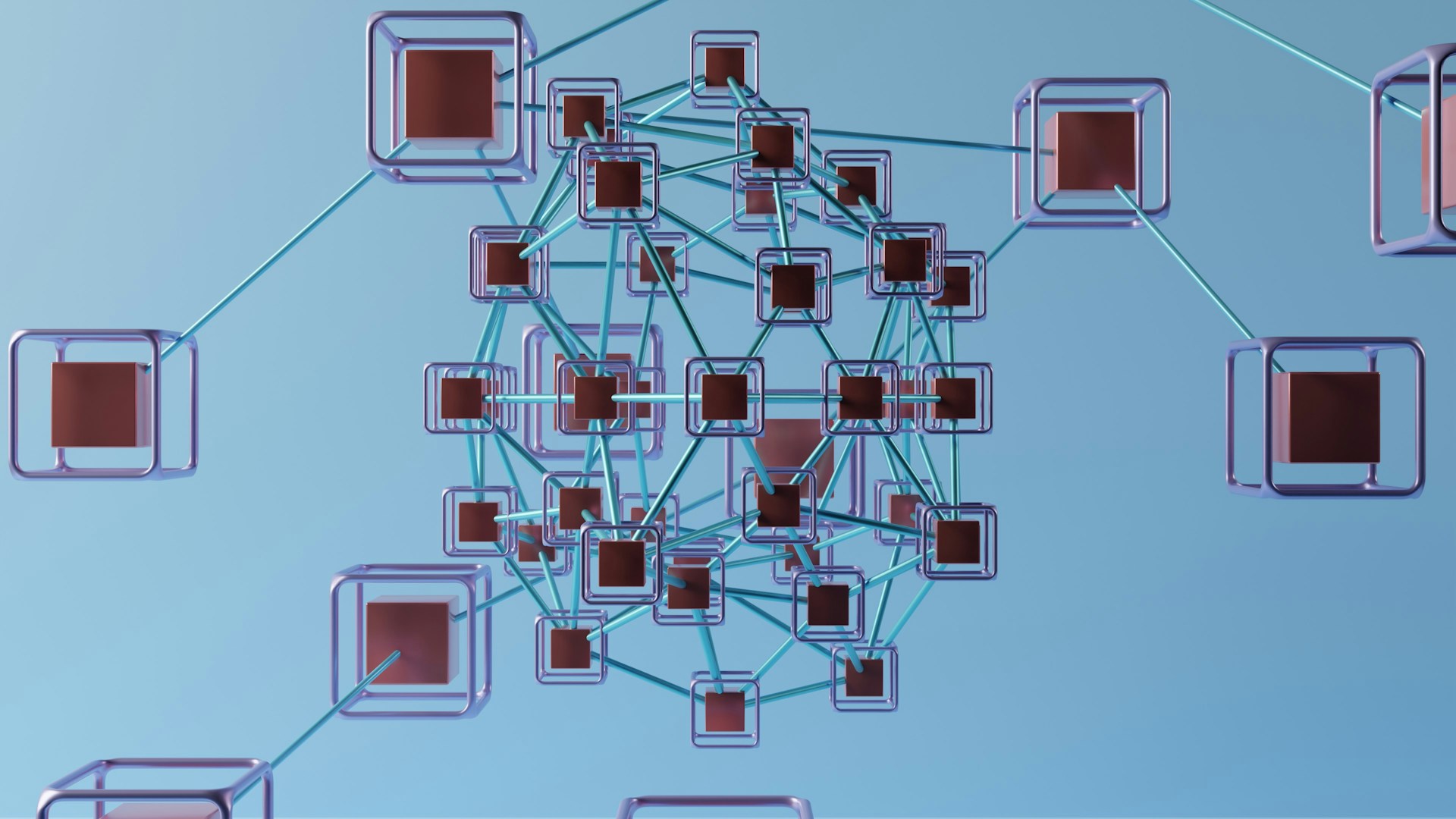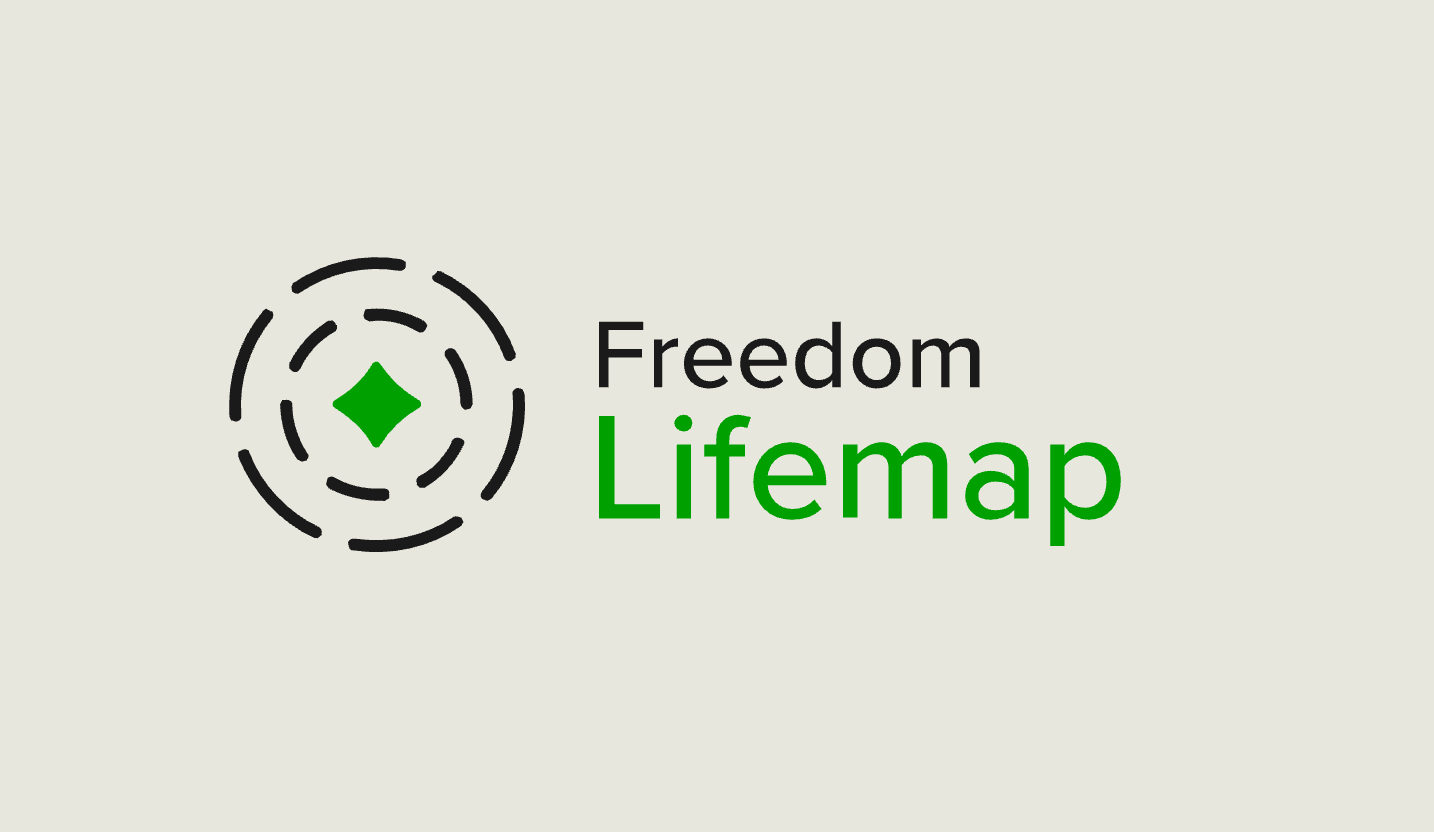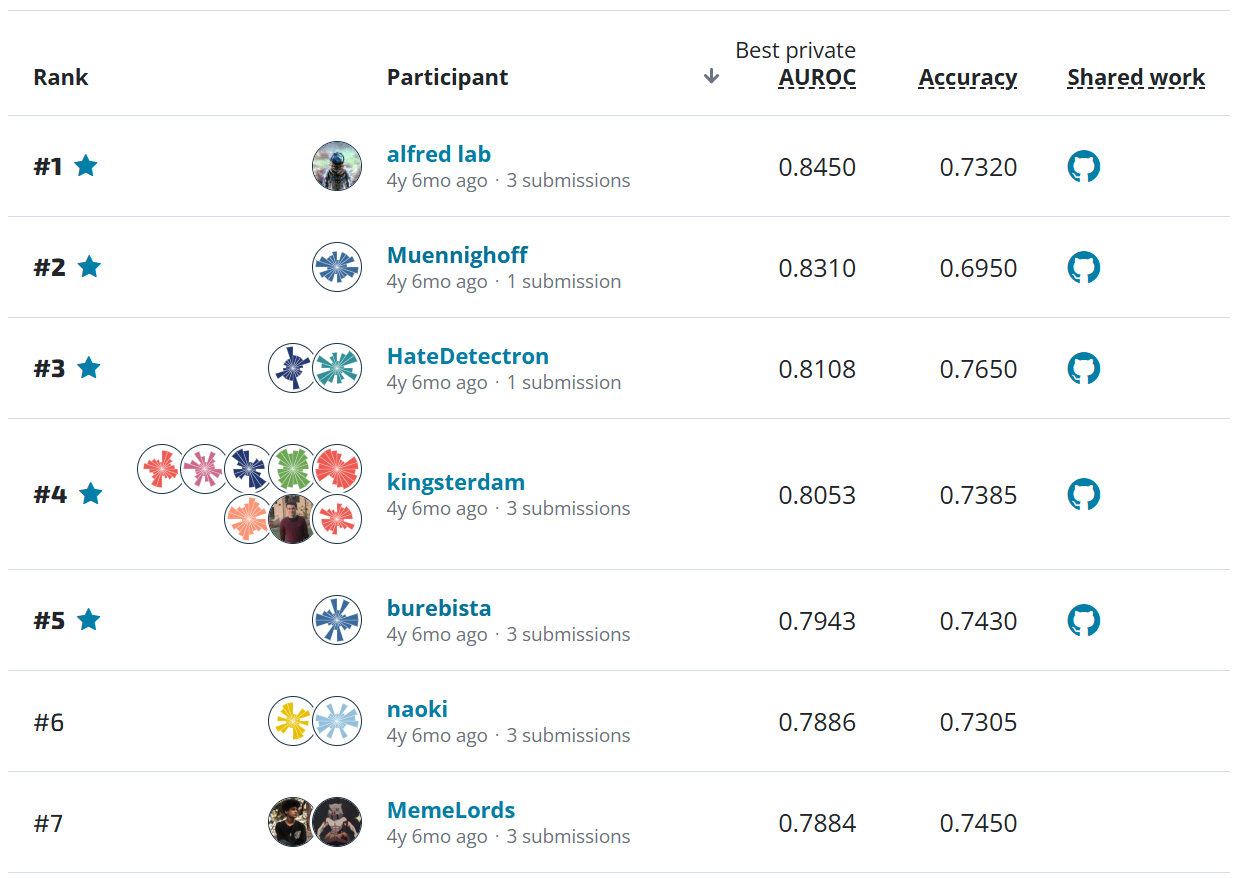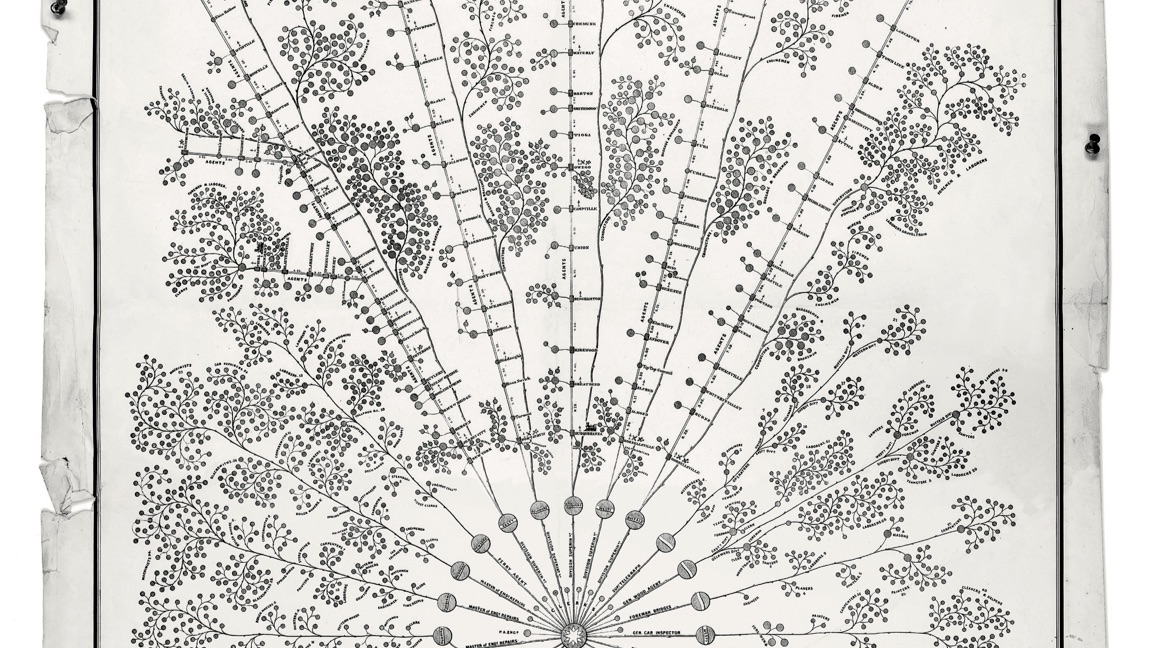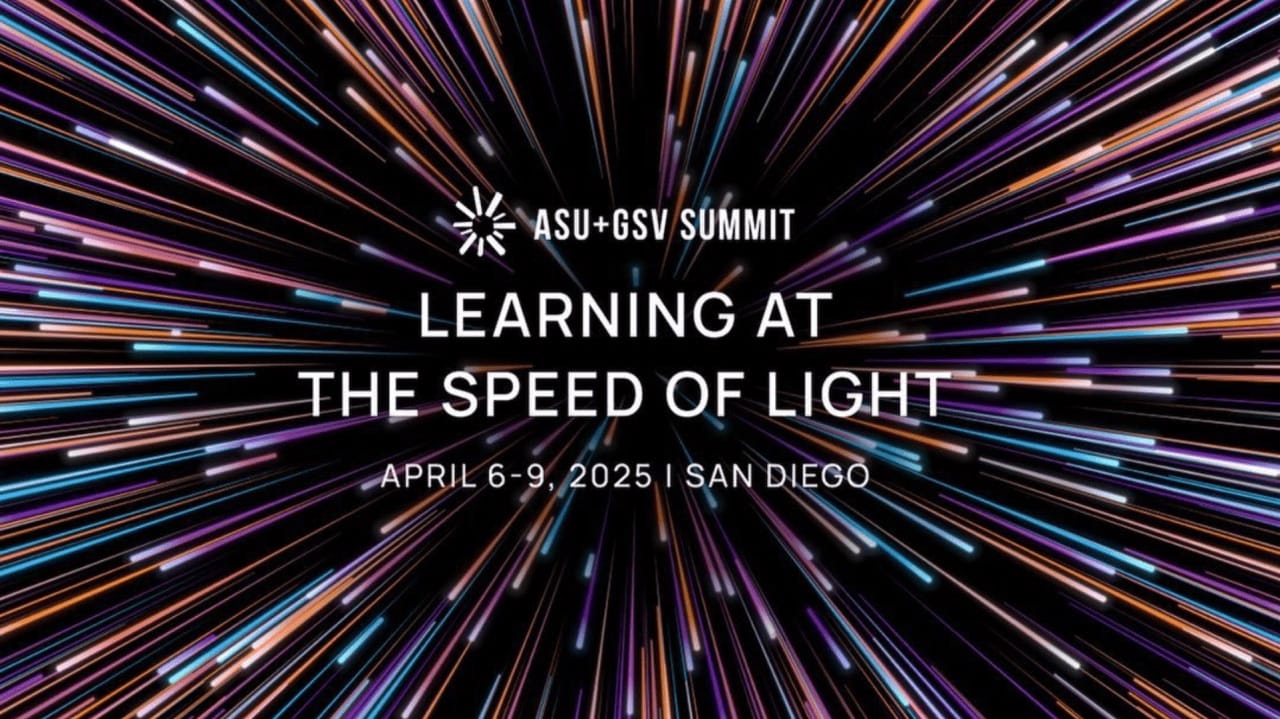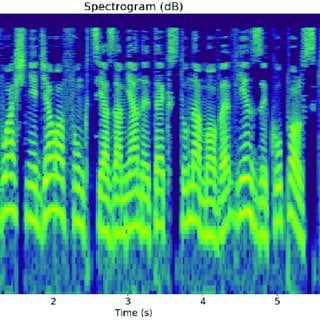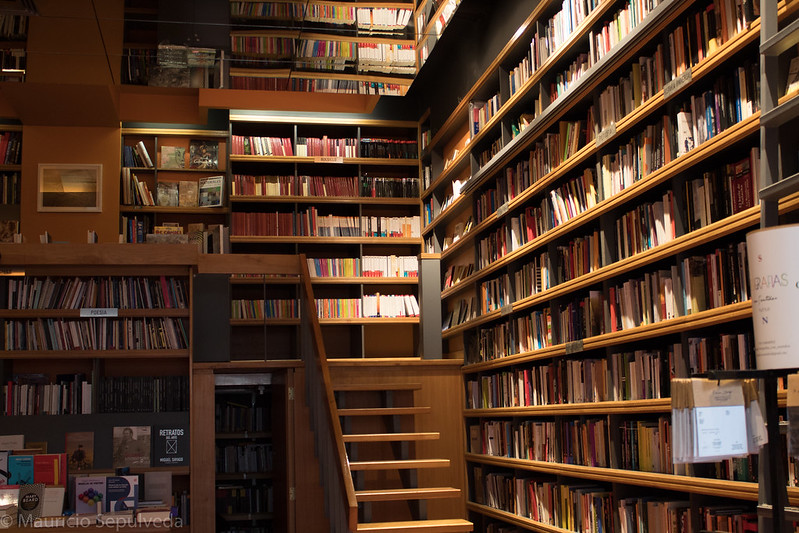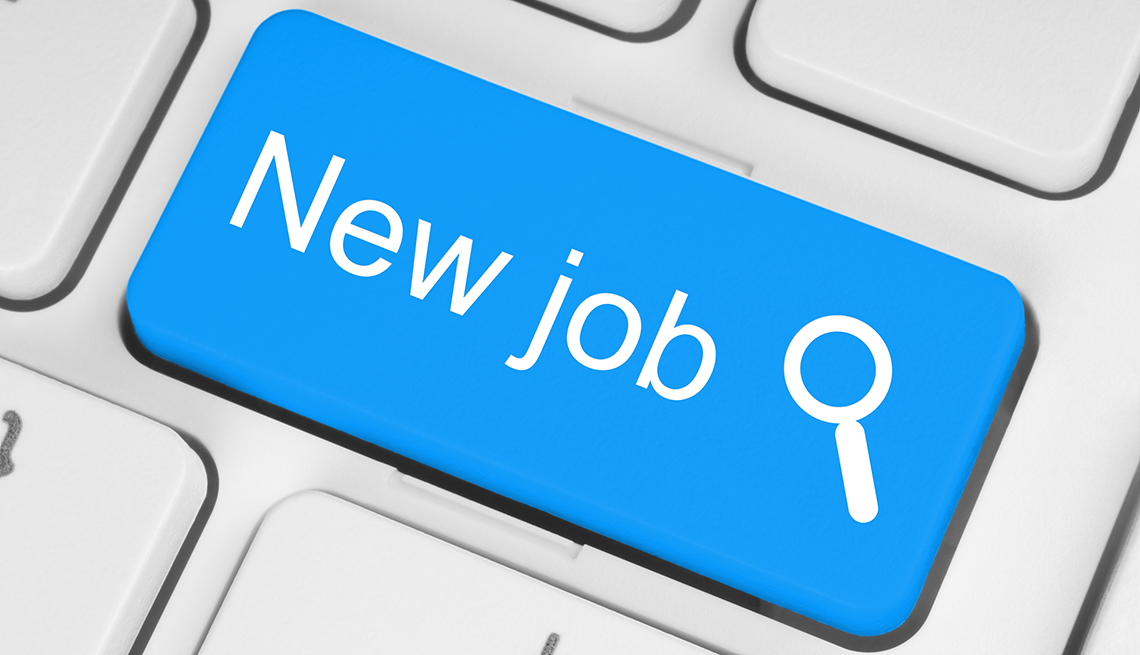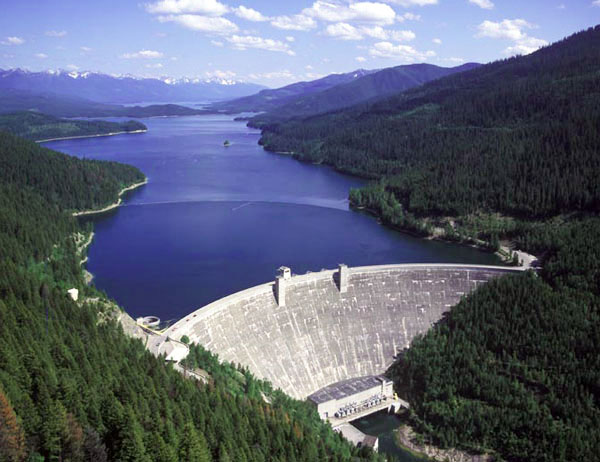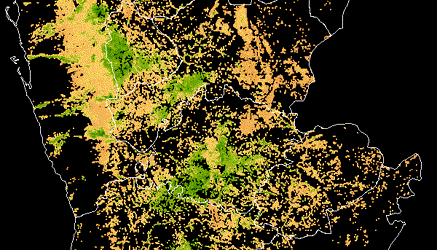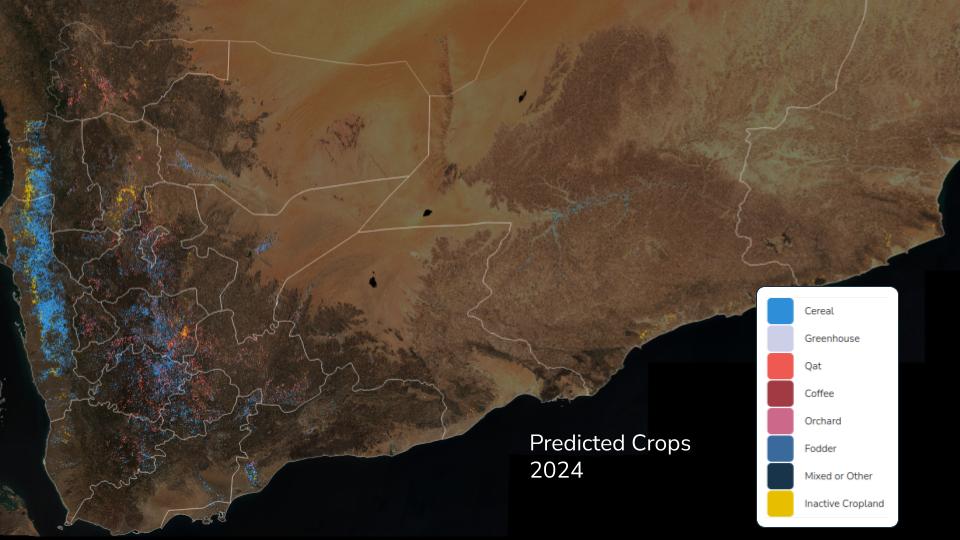
Why a video similarity competition¶
The ability to identify and track harmful material on social media platforms is crucial to the experience of users on these platforms. Content tracing systems allow new content to be matched with its the original source, and can also be used to identify violent content, such as the Christchurch shooting, or to address other challenges such as identifying misinformation and enforcing copyright protections.
Manual content moderation can be difficult to scale to meet the large volume of content on platforms like Instagram and Facebook, where tens of thousands of hours of video are uploaded each day. Users may be able to create copies of harmful content faster than they can be reviewed. Copy detection systems allow scaling of content moderation, by applying moderator decisions to new copies of that content.
Video copy detection poses unique challenges, due to the amount of information in each video. Violating content may be a small section within a video, and may require localized matching methods to detect.
This competition allows you to test your skills in building this key component of content moderation systems, and in so doing contribute to making social media more trustworthy and safe for the many who use it.
A new video dataset¶
The Meta team has created a new dataset for this challenge comprised of thousands of videos, some of which are manipulated versions of other videos in the dataset.
Here's an example of one such video pair. The video on the left is a reference video. The video on the right is a query video that contains a clip that has been derived from the reference video -- in this case, a portion of the query video (from 0:00.3 to 0:05.7) contains a portion of the reference video (from 0:24.0 to 0:29.43) that has been surrounded in all four corners by cartoon animals and had a static effect applied:
|
|
|
Your task in this competition -- whether you are participating in the matching track, descriptor track, or both -- will be to develop methods for determining whether a given query video is in fact derived from one of the videos in a large reference set.
Suggested steps for getting started¶
The Video Similarity Challenge is somewhat more complex than a typical challenge. It has two tracks and two phases. There is a code execution component. Some special rules apply in developing your solution. But we try to make it as easy as possible for you to participate.
Here are the steps we'd suggest for getting familiar with the challenge, so that you're soon on your way to making submissions and hopefully climbing up the leaderboard.
1. 🏃🏽Click the “Compete” button on the sidebar to enroll in the competition (matching, descriptor).
2. 📖 Read the Problem Descriptions for each track (matching, descriptor) to get familiar with the competition data, problem framing, and evaluation metric. You may want to start thinking about which track to focus on, at least initially, although you are encouraged to participate in both tracks if possible. Solutions you develop for one track can often be adapted to work with the other track later on.
3. 📖 Read the Code Submission Format pages (matching, descriptor) to understand what you'll need to submit. For now, the main thing to note is that this will eventually include a script to run inference for your solution, which we execute on our compute cluster to ensure solutions meet requirements for being computationally efficient. The script is not required in order to make a submission and be scored, but it will be required in order to be prize-eligible. You may choose to focus on the other parts of your solution initially, and turn to the code execution component once your solution is more developed.
4. 🔽 Download the data. Metadata and ground truth files can be directly downloaded from the competition website (matching, descriptor). The downloading-video-archives.txt file on these pages also contains instructions for downloading the video archives, which are hosted on S3 as individual video files. The entire Phase 1 dataset is about 150 GB. If you just want to download a small subset of the data for now, refer to the section of the instructions for downloading a "nanoset".
5. 🔍 Research some possible approaches. Now might be a good time to get familiar with how others have approached this or similar problems. Here are a couple suggestions directly related to this challenge, but we would encourage you to look well beyond these examples:
- Meta AI has provided a baseline solution that could serve as a possible starting point for your own solution.
- The Image Similarity Challenge, which Meta and DrivenData hosted last year, shares some common themes with this challenge. It might be useful to review that competition and the winners' solutions and results paper as you develop your own model.
Unlike a typical supervised machine learning competition, developing a solution for this challenge is not as simple as just training a model on the provided labeled training data. We expect that successful competitors will need to be creative in assembling training data, potentially bringing in external datasets and using self-supervised approaches.
On that note, you will probably want to check out the data augmentations library Augly, which was used in creating the competition dataset. Augly could be a useful tool for generating your own labeled video pairs. See the documentation on working with video data here.
6. ⚖️ Understand the rules. You'll want to do both of the following:
- Review the Official Rules (matching, descriptor). These govern your overall participation in the challenge and your commitments if you are selected as a winner. Much of this is fairly standard for participating in DrivenData competitions.
- Review the Rules on Data Use (matching, descriptor). These outline some of the technical requirements for prize-eligible solutions.
7. 📅 Review important dates for this competition.
- March 24 2023: Phase 1 ends. You are required to make a valid submission including a code execution script prior to this date if you would like to be eligible for prizes in Phase 2. If working on a team, your team cannot change after this date.
- April 2-7 2023: Phase 2 will take place over the course of one week from April 2-9. Make sure that you'll be available to download the new Phase 2 data, which will consist of roughly 15 GB of new query videos, and run your model on the new data in this relatively short timespan.
8. 🎉 Have fun!
Good luck with this competition! We hope you enjoy it. Feel free to hit up the discussion forum if you have any questions or things to discuss with other participants. We're looking forward to seeing what you can do!




